UX and Localization
The Course on UX and Localization
Bruna Beatriz Gabriel
Bruna Beatriz Gabriel (UX Expert and Full-time Localizer) and TranslaStars bring you this first edition of this 10-hour course that will provide you with the fundamental skills to successfully deal with this type of translation.
Get part of the UX training for Localization enthusiasts you are missing, explained by Bruna in a very informative and engaging way!
Get your place for this first edition in English of the Expert on UX and Localization by the hand of Bruna Gabriel, an expert with more than 4000 hours of direct experience.
Conditions: Please read our course and subscription plans terms and conditions carefully. With your registration, you confirm that you have read, understood and accepted our conditions and agree with them.
If you have any questions, please visit the FAQ section (for courses or subscription plans) or get in touch with us.
Become an expert and find out what you need to know about UX to excel as as a Localization specialist
Module 1- Integrating UX and Localization
In this first module, Bruna dives deeper into the synergy between User Experience and Localization: the workflow of both domains, considerations during UX writing, the role of localizers, some common challenges, and more!
Module 3 - Technology, tools, and the basics of programming for UX Localizers
In this second module, Bruna explains what kind of tools, strategies, and knowledge localizers can (or should) apply while working on localization assignments with UX in mind.
Learn through practical examples and real-life cases to move the focus from words (correct translation) to the experience (useful, informative, and effective writing).
Learn through practical examples and real-life cases to move the focus from words (correct translation) to the experience (useful, informative, and effective writing).
Module 4 - Testing and improving user experience
In this third module, Bruna will introduce students to variables, tags, and codes used in both UX writing and Localization efforts. Having a solid understanding of them will make your life as a localizer a lot easier.
Learn them with strings taken from real projects and get ready to get creative when dealing with character limitation, transcreation needs, and other common challenges. Learn how to communicate with UX writers to make your and their work more efficient.
Learn them with strings taken from real projects and get ready to get creative when dealing with character limitation, transcreation needs, and other common challenges. Learn how to communicate with UX writers to make your and their work more efficient.
Module 2-UX and Localization "IRL"
In this second module, Bruna tells us about her journey and how she took her first steps in the Localization industry, with the purpose of detailing the daily life of a UX localizer, finding opportunities to gain experience and to build a solid portfolio over the years. Find out the skills, knowledge, and best practices for those who are starting their careers in the field.
Course and coach description
Who is this course for?
Resources
Meet
Bruna Beatriz Gabriel
Bruna Beatriz is a Brazilian translator, who specializes in websites, apps, and video game localization. She’s the founder and owner of BBG Languages – a company that partners with clients from the Entertainment, Education, and Technology industries to provide smooth user experiences and customized solutions, with a focus on conveying cultural intricacies for each target audience.
Combined with her experience in managing projects from building teams to creating style guides and glossaries, Bruna helps her clients achieve their tone of voice and consistency when expanding to new markets. Beyond translation, she applies her knowledge in International Affairs and Localization to support her clients in attracting and communicating with end users.
Some of her clients’ biggest challenges include figuring out how to offer accessible webpages, engaging applications, and immersive video game experiences. That’s why she offers complementary services such as Linguistic and Functional quality assurance, which aims to check the product interface, desired location, and flawless user experience.
Her main language pairs are English, Spanish, and French into Brazilian Portuguese. Besides her passion for languages, Bruna loves reading, biking, and practicing yoga in her free time.
She’s currently living in Montreal, Canada, with her husband and 3-year-old daughter, who are continuous sources of inspiration and creativity for her.
She’s currently living in Montreal, Canada, with her husband and 3-year-old daughter, who are continuous sources of inspiration and creativity for her.





